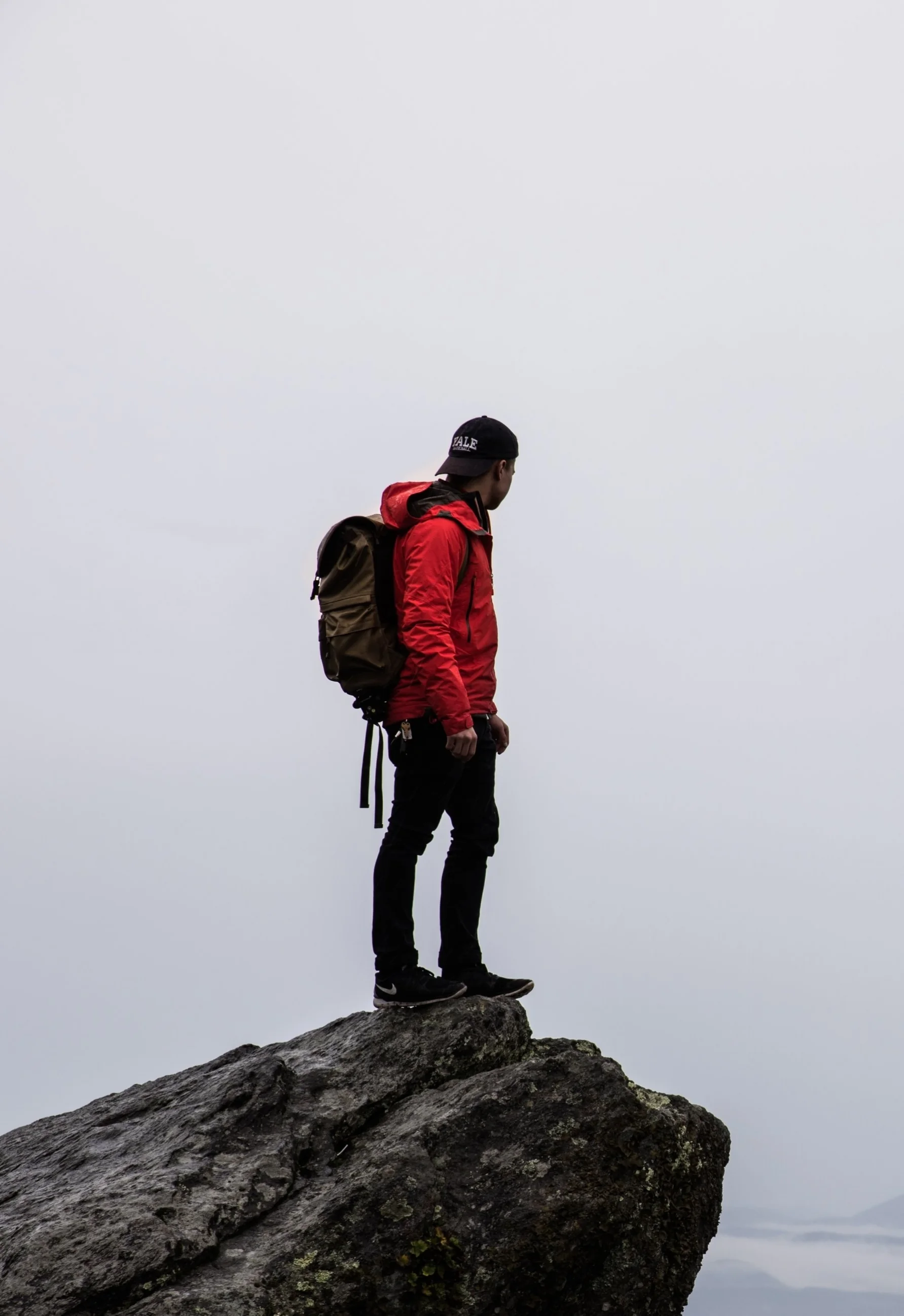The Art of Invisibility: The World's Most Famous Hacker Teaches You How to Be Safe in the Age of Big Brother and Big Data by Kevin Mitnick, Robert Vamosi
The Art of Invisibility Book
The Art of Invisibility by Kevin Mitnick
THE ART OF INVISIBILITY is a little bit scary. The authors, Kevin Mitnick and Robert Vamosi, document the myriads of ways that others can spy on our activities. You might think no one knows what you are doing, but you are wrong: "Each and every one of us is being watched." If you carry a cell phone, "You are being surveilled."
Mitnick tells the story of how the famous John McAfee, on the lam, was found supposedly by coordinates listed in the meta data of a photo posted online. The authors snicker, "Take it from me: if you’re trying to get off the grid and totally disappear, you don’t want to start a blog."
Some of the pointers are pretty basic, such as using strong passwords, and being careful to setup your home Wifi using the latest security protocols. A large chunk of the book relates to securing wireless internet access. "Public Wi-Fi wasn’t created with online banking or e-commerce in mind. It is merely convenient, and it’s also incredibly insecure."
The Art of Invisibility by Kevin Mitnick
More advanced suggestions are for those who feel they need extreme online privacy. These tactics include things such as using "burner" phones, paid for with cash, and using encryption tools to hide the data on our laptop.
Law enforcement has come a long way in tracking down fugitives. The authors explain how authorities use devices to mimic cellular base stations, and "designed to intercept voice and text messages." Using another tactic, the FBI has successfully tracked criminals by getting the cell tower data, and correlating their cell phone records.
I was surprised to learn of certain recent laws regarding data preservation. In the event of a legal investigation, you must preserve your entire browser history. You can be arrested--and people have been, for clearing the history.
The Art of Invisibility by Kevin Mitnick
The really meaty parts of the book provide extreme tactics to remain anonymous on the internet. Mitnick advises creating a complete new persona, "one that is completely unrelated to you. . . When you’re not being anonymous, you must also rigorously defend the separation of your life from that anonymous identity."
The first thing to do in making yourself anonymous is to get a cheap standalone laptop--used only for your anonymous persona. "Don't ever use the anonymous laptop at home or work. Ever."
Here are a few more tips for becoming anonymous:
- When you travel, don't bring electronics that store sensitive information with you.
- Encrypt the confidential data on your laptop.
The authors present a LOT of different ways to make your online persona more invisible. The authors admit, however, that even with all their precautions, it is still tough to be 100% anonymous. The main idea is to make it much more difficult for the intruder. So, put up "so many obstacles that an attacker will give up and move on to another target. . . Being anonymous in today’s digital world requires a lot of work and constant vigilance."
All in all, I found THE ART OF INVISIBILITY to be an interesting, fairly-practical read. It was good to be reminded about the proper setup of networks, and how vulnerable public systems can be. I don't feel the need to go out and buy a "burner" phone anytime soon, but it's good to know.
The Art of Invisibility by Kevin Mitnick
Advance Review Copy courtesy of the publisher.
Photos courtesy of Pexels.









